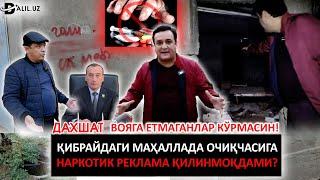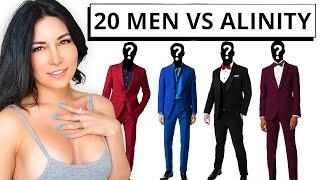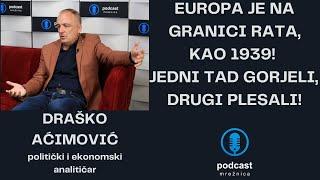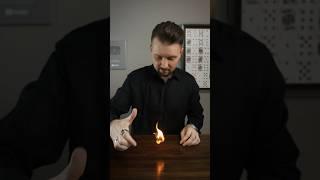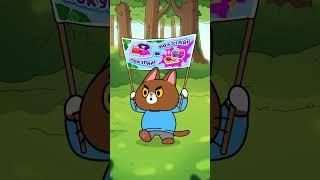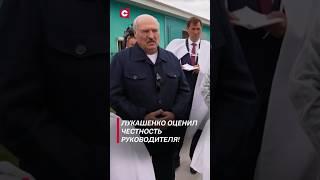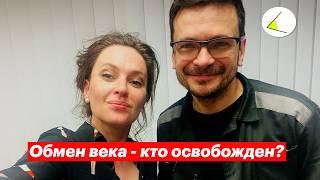
Functional groups | Properties of carbon | Biology | Khan Academy
Комментарии:

Can someone explain me carbonyl group
Ответить
yo W khan academy
Ответить
this really helps me as a college student! i felt totally lost in my biology class haha khan academy has always been a real one
Ответить
Thank you so much! I’m back in college taking a biology class. I was getting ready to cry trying to study for the exam. Finally it clicks!
Ответить
One is never to old to relearn. I seem to be more fascinated at 56 then I was at 19 as a college student. You do a great job teaching I sure hope that is your profession.
Ответить
Clear and easy to understand
Ответить
How are you'll sooooo goodddd!!!🤯🤯
Ответить
Is it possible for a molecule to have 3 carbonyl groups at the same time?
Ответить
This guy ,this buziness,..are not compatible with a terse academic language.Brilliant but confusing
Ответить
best video
Ответить
Thank you sir!!!!
Ответить
My AP bio teacher gave this to us to watch and take notes on, and you made it so much easier to understand. Thank you so much!
Ответить
THANK YOU
Ответить
R means rest of the molecule.
Ответить
literally was freaking out about a pop quiz on this, life saver
Ответить
I'm just starting out learning bio this in depth and man is it tricky to understand. Glad to have this great instruction
Ответить
Thank you Lord Khan
Ответить
this was great!
Ответить
what does the weird "s" thing mean when he points out how one end is electronegative and the other is positive?
Ответить
Taking Biology1107K this semester, have a test next week and I’m studying. Thank you for this!
Ответить
Yo Sal! You da best! I wish you were my teacher! Keep up the good work!
Ответить
Why is all of this in a class 10 book I'm studying?????
Ответить
OPOPOPOPOPOP
Ответить
Subscribed after just watching first min
Ответить
I'm very confused:
1. In the glucose I noticed that the first and third carbon (consider from left to right) lack hydrogen. Is there an explanation for that?
2. In the amino acid, for the carboxyl group I didn't get how the oxygen being electronegative would want to get rid of the hydrogen; even if that's the case, would the oxygen form a double bond with the carbon? How can the carbon sustain more than its capacity?
3. Same question about the amino group

Thank you! This helped a lot!
Ответить
very helpful
Ответить
you pronounced carbonyl wrong
Ответить
You forgot to mention the sub groups in carbonyl (aldehyde and ketone)
Ответить
You are amazing. I always find myself fascinated by your educating ways.
Ответить
Outstanding
Ответить
thanks
Ответить
life saver. got a bio midterm tomorrow
Ответить
Helped me out a lot!!
Ответить
Mr Khan literally teaching the world
Ответить
voice??
Ответить
I've been looking everywhere for visual explanation of the functional groups, and no one does it better than you Sal! Thank you so much!
Ответить
Too much on the board to follow, sorry
Ответить
usefullllll
Ответить
Thank you ^_^
Ответить
u said amino 'acid' and then u said that its a base???
Ответить
how can both of them be carboxyl group
Ответить
These videos are incredibly informative for me. For whatever reason the textbook would never be enough. Props to Khan Academy
Ответить
Alejandro,
In the example you give you have a two scalars, the numbers 50.5 and 15, and two sets of units, the cm^3 and the cm^2.
In this case you've got no big problems, because numbers divide into numbers and c^3/cm^2 is simply cm (or cm^1 if you like). So you've divided a volumve, 50.5 cm^3 by an area, the 15 cm^2, and naturally you ge a distance, 3.36666... cm.
If you think of this in physical terms, a volume divided by an area might be a question about "how high is a tower of something if you know the area of the base?"
Best,
-dlj.

Khan Academy In a division problem or any kind of problem can I for instance directly dived 50.50cm^3 by 15.0cm^2 or would i have to convert one in order to do this problem
Ответить
Thanks Sal.
Ответить
I thhink that the carbone 4 in the fructose molecule is missing a hudrogen
Ответить
Why is this video uploaded twice?
Ответить
Now I see how peptide bonds can form. Excellent!
Ответить




